Welcome To Latest IND >> Fastest World News
TOI Lifestyle Desk
/ etimes.in / Updated: 18 Jun 2024, 11:58:07 PM
AA
Text Size
- Small
- Medium
- Large
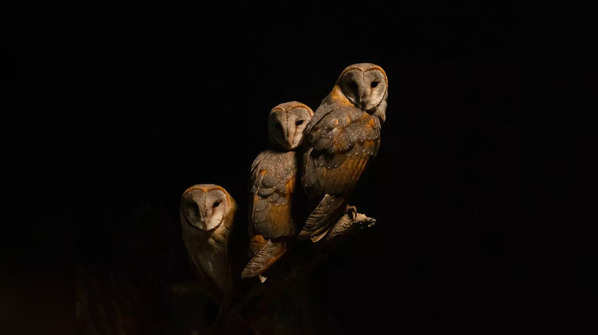
1/7
A whole new world
When the sun sets, a whole new array of creatures emerges. Nocturnal animals, active during the night, have evolved unique adaptations to navigate and thrive in the dark. Their ability to see in what humans perceive as pitch blackness is a fascinating aspect of their biology, allowing them to hunt, evade predators, and perform other vital activities under the cover of darkness.
Image: Canva
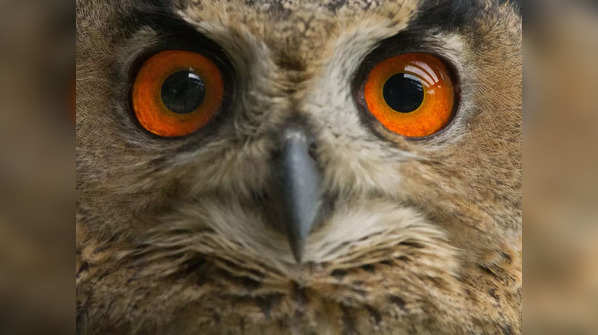
2/7
The anatomy of night vision
Nocturnal animals boast large eyes with pupils that can open wide to maximize the amount of light entering the eye. Owls, for example, have eyes that occupy more than half the volume of their skulls. This design, coupled with a large lens positioned close to the retina, allows a significant amount of light to be captured, enabling these creatures to see even in low-light conditions.
Image: Canva
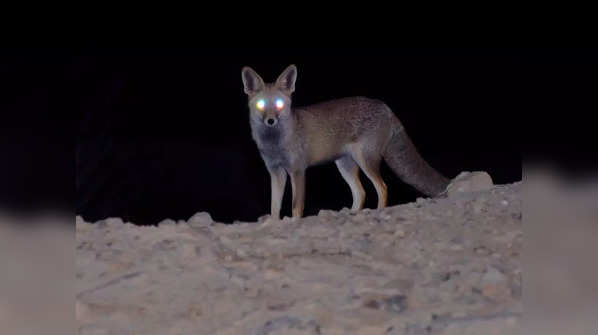
3/7
The tapetum lucidum
Behind the retina of many nocturnal species lies a mirror-like layer known as the tapetum lucidum. This structure reflects light that passes through the retina back onto it, giving the retinal cells a second chance to sense the light. This is why some animals’ eyes seem to glow when caught in headlights.
Image: Canva
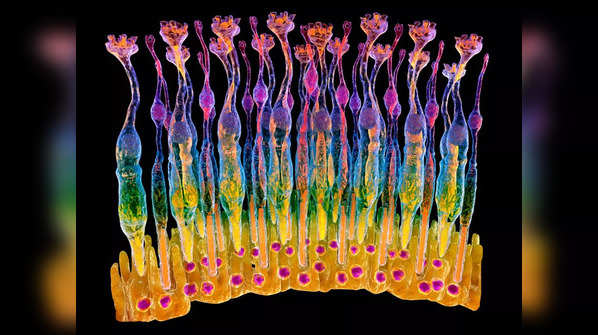
4/7
Rods vs. cones
At the heart of nocturnal vision are the retina’s light-sensing cells: rods and cones. Nocturnal animals have retinas packed with rods, which are adept at sensing dim light, and fewer cones, which are responsible for color vision but require brighter light. This rod-heavy composition is key to their ability to see in the dark.
Image: Canva
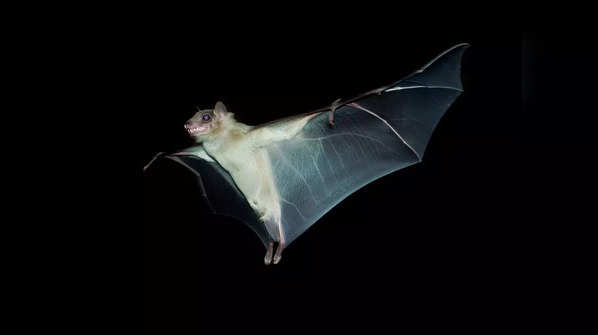
5/7
Information processing
The eyes of nocturnal animals are not just about gathering light; they also have specialized neural pathways. These pathways allow rods to connect to “dark” circuits used by cones, enhancing the perception of edges, movement, and silhouettes in dim light. Even the nuclei of rod cells are adapted for night vision, making these animals’ vision incredibly sensitive.
Image: Canva
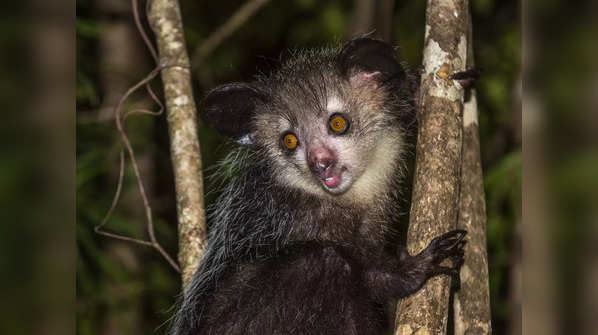
6/7
Beyond sight: Other sensory adaptations
While vision is crucial, nocturnal animals also rely on other senses to navigate the darkness. Many have acute hearing, and some, like the aye-aye, use echolocation. Others have a heightened sense of smell, communicated through scent marking, and some, like snakes, use taste to locate prey. These adaptations complement their vision and ensure survival.
Image: Canva

7/7
Human innovation inspired by nature
Human technology often mimics nature’s solutions to challenges. Night vision goggles, for instance, have been inspired by the nocturnal animals’ ability to see in the dark. By studying these creatures, scientists continue to develop new technologies that enhance our ability to perceive the world when the lights go out.
Image: Canva
FOLLOW US ON SOCIAL MEDIA
Visual Stories
Photostories
Latest IND

